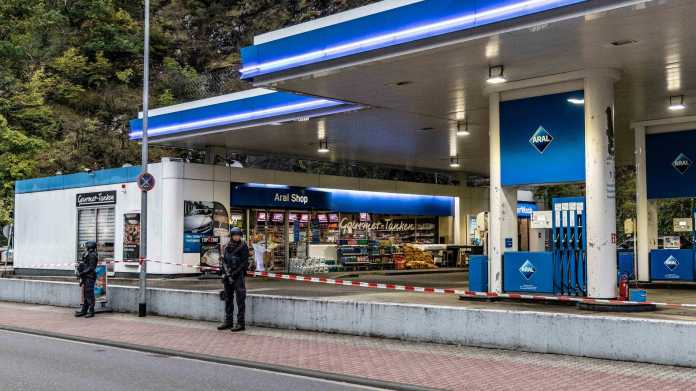When you browse social media, you sometimes feel like you are living in a new kind of city – the largest city in the world. Millions of people can do things here that their parents never even dreamed of. You can live with each other virtually, play with each other, learn with each other. At first glance, this infinite metropolis looks like a marvel.
A marvel that is often ugly
But if you take a closer look, extreme ugliness can also be seen in the city of social media. Untreated sewage seems to be flowing through the streets. From time to time there are riots and citizens denounce one another and their relationships with one another sometimes seem irrevocably broken.
To stay in the picture: It was my job to protect this city. I was a member of the Facebook team for Civic Integrity – civil integrity on the platform. My colleagues and I investigated and resolved issues – from combating the spread of fake news to hate speech, harassment, and calling for outright violence.
Over time we became experts, we used many, many hours of manpower and a huge database. As in any other community of experts, we all had at least slightly different views of the problem. For my part, I finally began to think like a city planner. And the city has to be properly planned from the start. It needs districts that are structured in such a way that residents, society and democracy can thrive.
Trimmed for integrity
Such an approach seems to be gaining more and more acceptance in the entire social media landscape: the so-called integrity design. Integrity officials like myself try to defend a system against attackers who have found flaws or loopholes in its rules or design and learned to abuse them. Our job was to systematically contain the injuries that users cause one another.
We (often) do not interfere directly and do not try to make decisions about certain contributions or people. Instead, we think about incentives, information ecosystems, and social systems in general. This shows that social media companies must give priority to the design towards integrity over the moderation of content. If they don’t, the public should fight back.
But let’s take a step back first: if social media is a new kind of city, why is it so difficult to govern? Why don’t millions of citizens suddenly join some sects in real cities? Why do conferences or clubs work there without much harassment and propaganda? Why is there not openly recruiting for neo-Nazis? In other words, what does the physical city have that the virtual city does not?
The real world ends somewhere
The answer is simple: real, physical limits. As a society, we have developed a combination of rules, norms, and design patterns that work more or less to curb certain types of terrible behavior. However, these rules assume that we have not developed any physical superpowers. However, online people actually have them. You can clone (bot armies), teleport (the ability to post in many places at the same time), disguise yourself unrecognizable (so-called sock puppets) – and much more. In a physical city, a single propagandist is limited by his or her vocal stamina (or wallet).
In our online city, the same person can post to 400 groups (of tens of thousands of people) for free every hour. In a physical city, assuming a new identity requires a lot of makeup or disguise, forged documents, and a lot of hard work. In the city of social media, it only takes a few minutes to register to create a new account. The physical city is populated by real people. In “Social City” you could always talk to someone who is secretly a robot. In a real city, travel takes time. In the city of social media, it is trivial for a Macedonian teenager to impersonate thousands of people in another hemisphere in order to raise advertising money.

In a system where there are the greatest incentives to behave as badly as possible, subsequent punishment is doomed to failure. Fortunately, we now have other approaches. After all, the physical city does not solve the problems either by monitoring and arresting everyone. Public health campaigns and local social workers can help people before it’s too late. There are public spaces such as cultural centers or libraries, for example, to create a sense of community.


